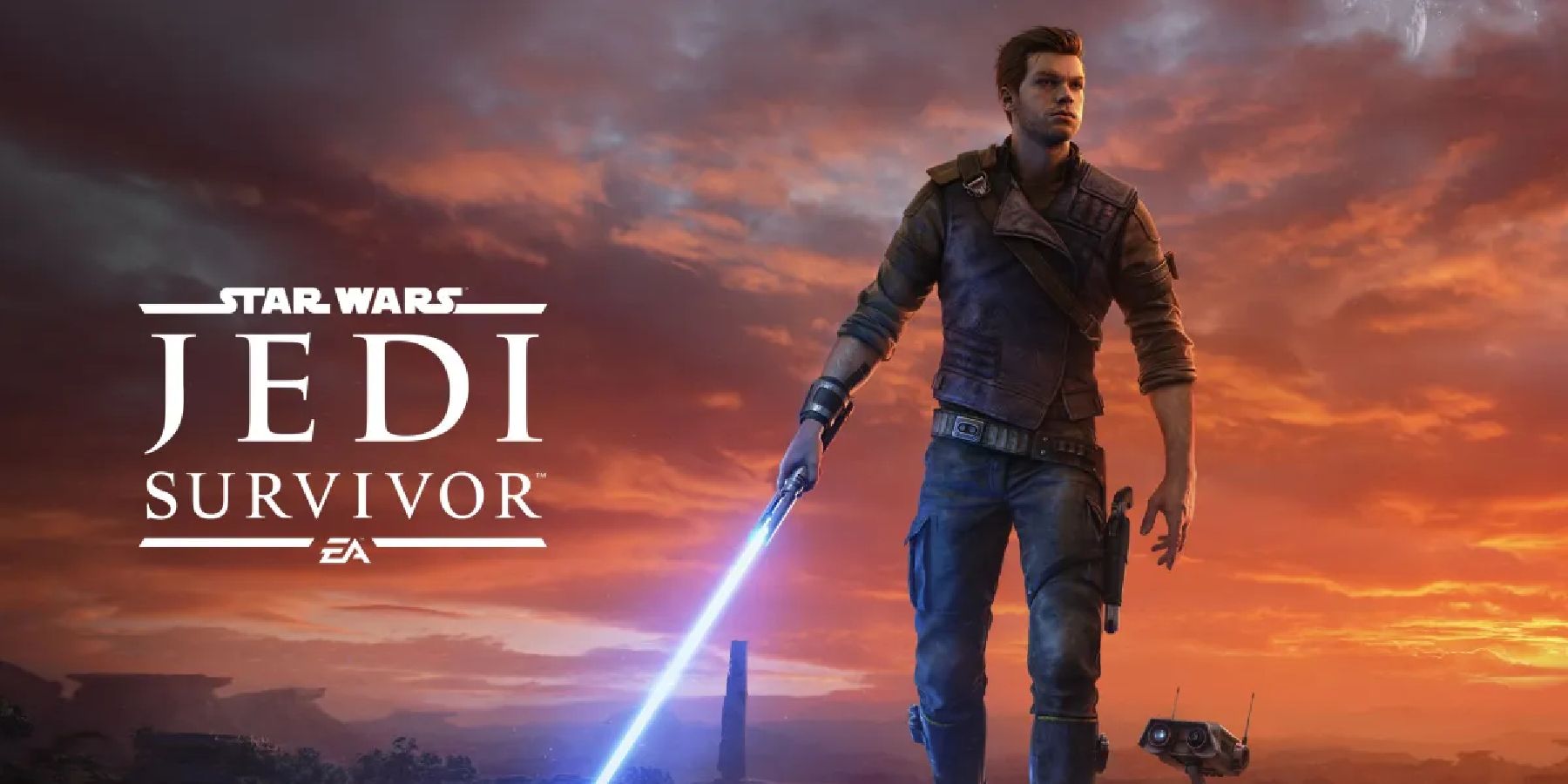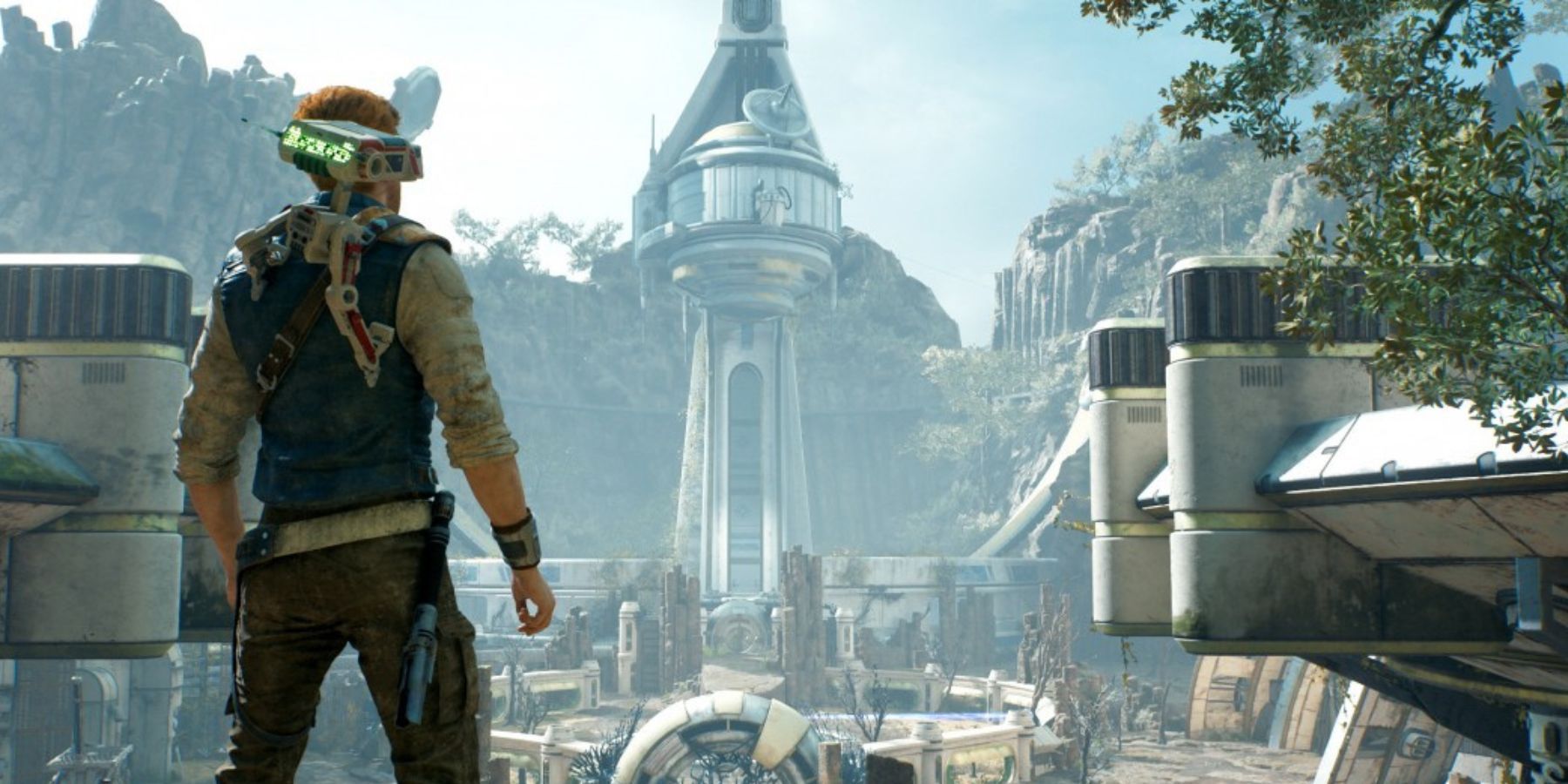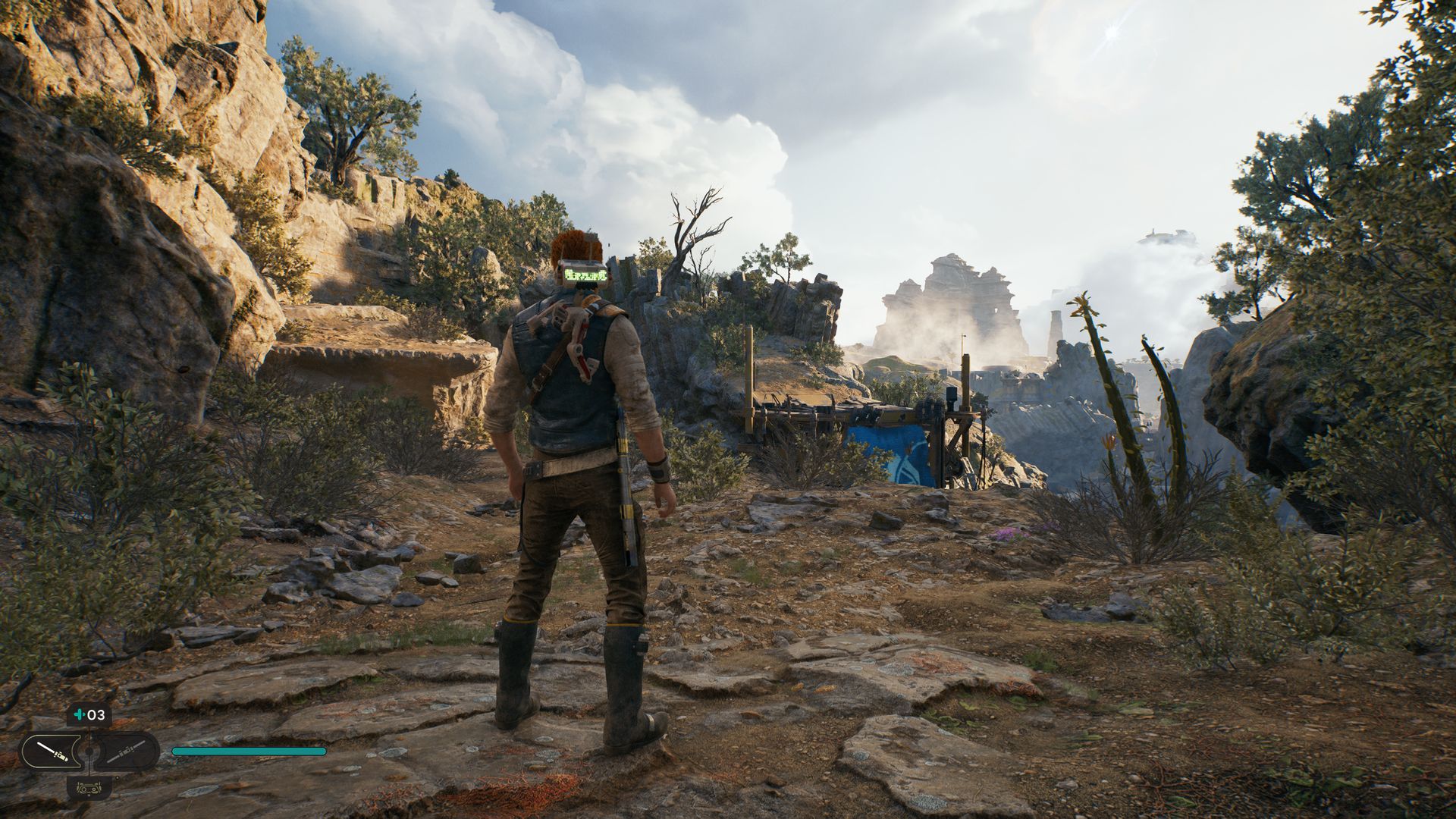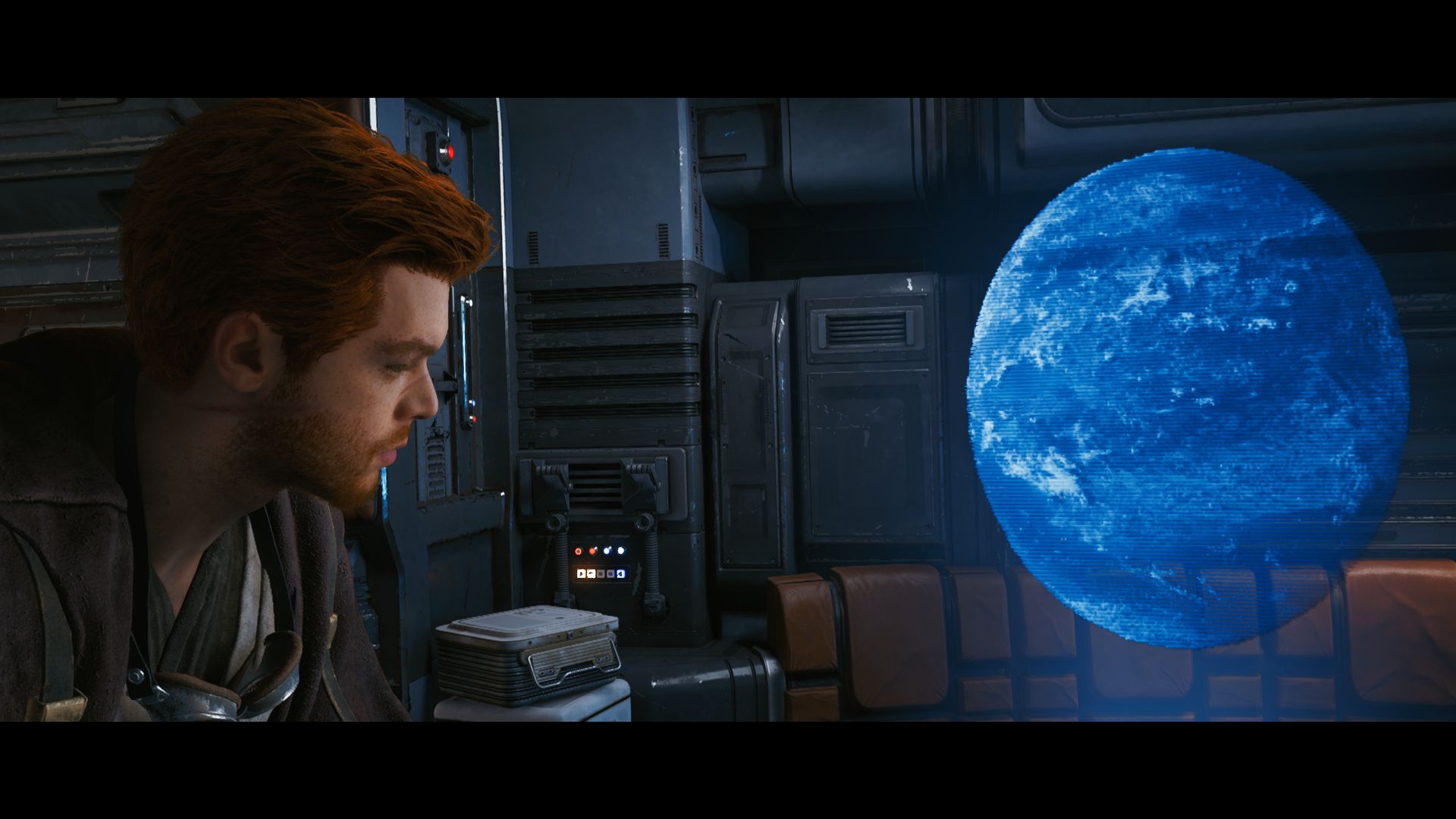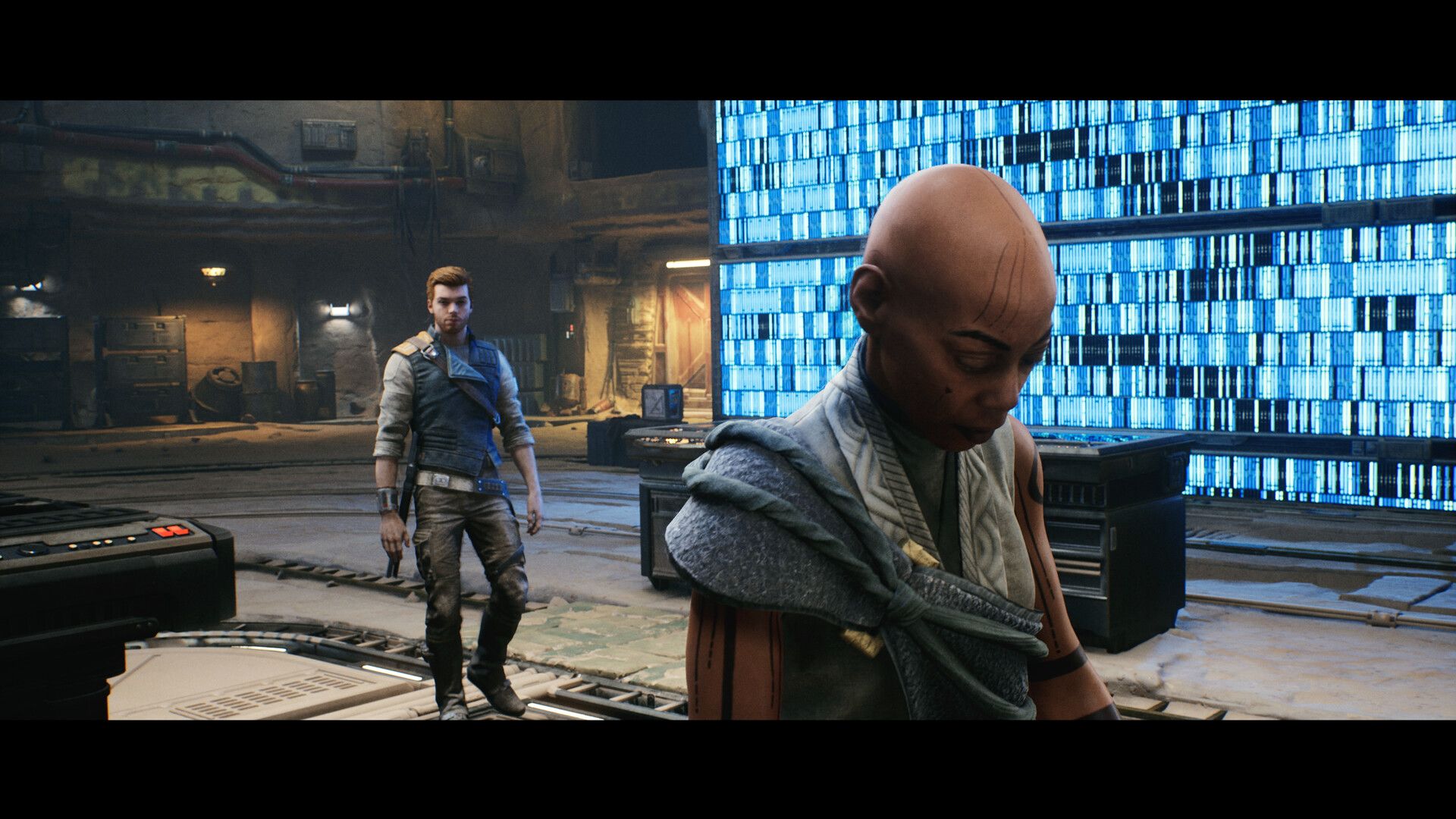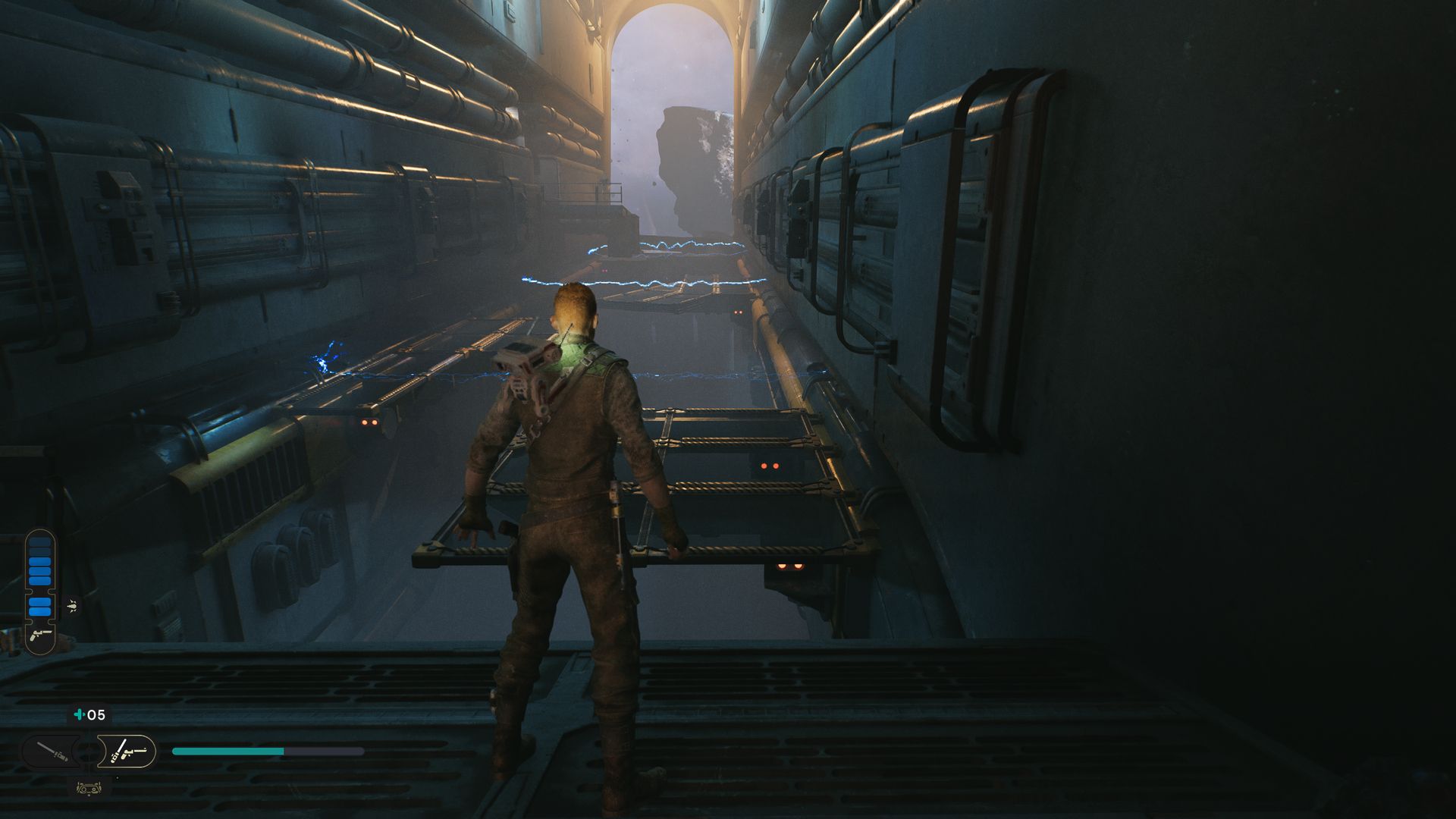In 2019, Respawn Entertainment and EA launched Star Wars Jedi: Fallen Order, a game that mixed Uncharted-like platforming, Souls-like combat, and Metroid-style exploration with a love for the Star Wars franchise. Three years later, Star Wars Jedi: Survivor returns fans to A Galaxy Far, Far Away as they once again take on the role of Cal Kestis in a sequel that promises to be both bigger and better. Jedi: Survivor is often bigger but not always better and often feels like it's content with doing Fallen Order over again, warts and all, in a sequel that feels decidedly safe.
That’s not to say Star War Jedi: Survivor hasn’t built on top of the solid foundation that was Fallen Order–it certainly expands where it needs to in terms of gameplay mechanics and world exploration to feel fresh enough–it’s just that Survivor still can’t find an identity within its various mechanics and fails to reach the same storytelling benchmark that Fallen Order set. For what it is, Jedi: Survivor is an expanded Fallen Order in every sense, but for what a sequel should be, Survivor feels like it lacks imagination and is trying to get away with the same problems and shortcomings that its predecessor had.
What is immediately apparent from the start of the game is how Star Wars Jedi: Survivor has so much love for the Star Wars franchise and practically bursts at the seams with it. From the game’s triumphant John Williams-inspired soundtrack to the side-swipe screen transitions to the beautiful environments with meticulously crafted assets, everything here screams Star Wars. In gameplay, there are some moves that are ripped straight out of the kits of some of the galaxy’s most famous Jedi and Sith, which Cal integrates into his own sword-fighting style. The fan service is all here for those who crave that from a Star Wars game.
Much like how Fallen Order dove into the more ancient and esoteric history of the Jedi during the time of the Old Republic, Survivor explores the history of the High Republic when the Jedi Order was in a period of turmoil and transition. Instead of the dark and archaic Old Republic temples filled with stone monoliths and dingy lighting, Survivor takes Cal through High Republic-era temples that have a more grandiose and imposing look. These temples look more like ornate ancient Greek pantheons rather than the Neolithic temples of old, and they are often a joy to explore. However, these temples are still aging and decaying, often hidden just below the surface of Jedi: Survivor’s explorable planets.
Respawn Entertainment elected to take a more-with-less approach to its level design, offering two main explorable planets, Jedha and Koboh, a couple of small linear planets, and a handful of detours like asteroids and bases that are central to the story. However, both Jedha and Koboh are significantly larger than any of the five explorable areas in Jedi: Fallen Order, both featuring huge central spaces that branch off into side paths containing all sorts of areas to explore, enemies to fight, and rewards to obtain. The sense of mystery and exploration that Fallen Order nurtured so well throughout Cal’s first adventure is entirely retained in Jedi: Survivor, thanks to its new-found expanse.
As players progress through the story and unlock new abilities, they will be enticed to come back to those secret spots that they just couldn’t figure out how to unlock early on and finally figure out what lies therein. There are some totally inconspicuous areas throughout Koboh and Jedha that eventually reveal themselves to be sizable forts, or huge boss lairs worth an extra hour or two of gameplay, but they won’t reveal themselves through the main story alone. Survivor trusts fans to have a keen spirit of exploration and take it upon themselves to go out and discover the Galaxy’s secrets in an almost Tomb Raider-like fashion.
However, even with more tools in its arsenal, larger planets, and an expanded sense of mystery and exploration, Star Wars Jedi: Survivor still feels like it is holding back in the same way Fallen Order was holding back in 2019. The game packs in many new features and mechanics from across a slew of influences but never reinforces the central mechanics that would make Jedi: Survivor a better game in the first place.
Take, for example, the new sword fighting stances. Even though Cal can now choose from five sword stances, he can never use more than two at a time and constantly needs to go back to a mediation circle to switch them out. This mechanic always felt limiting, as if the game wanted to give players a sense of freedom and choice in combat but did not want to commit to a truly dynamic system where players could swap between single blades, twin blades, dual blades, or a blaster on the fly. Hints of something like this system felt like they were there–especially in its Blaster stance, which feels more like a complimentary feature than a fleshed-out stance–but were never fully realized.
Meanwhile, the franchise’s poise-based combat system remains unchanged and still suffers from the same shortcomings that it did in Fallen Order. Even though skill trees have expanded in Survivor, there still aren’t enough layers to the core system to make it super engrossing. Many fights become routine toward the end, if not annoying, as the combat system still struggles to handle multiple enemies at once. Moreover, Cal still has a healthy dose of clunk in his movement mechanics, and fighting never feels as crisp or elegant as the games that Survivor draws from. Rather than dialing in on what would make combat more fun to play, Jedi: Survivor just wants to add more features to everything, and that philosophy carries over to all aspects of the game.
Some new additions, like Cal’s expanded customization options and mount system, make sense for Survivor’s grander scale and bigger worlds. However, features like the homesteading elements of Pyloon's Saloon never actually make Cal feel like he has much of a home at Rambler's Reach, especially when The Mantis already feels like as good a home as any for the crew but never gets any love. There are also tons of collectibles, a Holotactics mini-game, and a rather pointless gardening feature that players can pursue. Some of these can be worthwhile, like the collectibles that also serve as a currency, but a lot of these things felt like additions for addition's sake.
As a result, Star Wars Jedi: Survivor wrestles with the same issue the previous game did; it struggles to find a firm identity and scatter shots mechanics at a wall. At its core, Survivor is still a mix of Uncharted and Dark Souls that doesn’t want to commit to the strengths of either camp and is content being a jack-of-all-trades but a master of none. That's not to say what is here is bad; Survivor is still good fun but often feels bland with multiple missed opportunities.
While almost everything gameplay-wise is good overall, Jedi: Survivor's story is where the game falls flat. The narrative does start strong with a heist movie-style opening where a battle-hardened and rugged Cal Kestis is continuing his crusade against the Empire like a dagger in the dark. Players get a sense that this is a Cal Kestis who is incredibly smart and two steps ahead of his enemies; however, what follows is a first and second act that mostly meanders while Cal struggles to be a compelling character and mainly asks questions.
New characters are introduced and then get taken away with no time to really get to know them, and the familiar faces we do see often hop in to get one or two meaningful scenes with Cal and then also fade into the background. Sometimes it felt like the only relationship we were truly invested in was between Cal and BD-1, who is still as delightful as ever.
Where Jedi: Fallen Order was a deep and sometimes subtle meditation on depression, grief, and survivor's guilt, Jedi: Survivor is instead a very predictable and spoon-fed story about pursuing a path of vengeance and, of course, falling to the Dark Side. While the dangers of the Dark Side are central to what Star Wars is as a franchise, Survivor can’t really seem to tell this story in a way that feels organic and still true to its characters.
Much of the middle sections of the game slog through narrative fetch quests before the story picks up in the final five hours, which made us wonder where these storytelling chops were the whole time. The writing as a whole oftentimes feels rushed and stumbles to hit the right beats to earn its big moments. And when those big moments do happen, they are often inconsequential, and everyone moves on like nothing just happened.
On the technical side, Star Wars Jedi: Survivor is a serious mess, but it is worth mentioning that our final review build of the game didn’t have any of the launch day optimizations players may have at release. Throughout our time with the game, we experienced multiple hard crashes, missing textures, various clipping issues, and a nasty memory leak problem that even ate into our hard drive space. Additionally, despite including a non-descript “file optimization” process at the start of each play session, Jedi: Survivor was still rampant with stutters and poor performance across multiple systems, including instances where the game ran at single-digit frames per second.
Jedi: Survivor still suffers from many of the issues that have plagued Fallen Order for the past three years. These problems include significant audio delay in cutscenes, clunky input delay and input queuing, and a camera-highlight system that frequently has trouble deciphering what the player wants to target. For an ambitious first attempt with Fallen Order, some of these issues could have been swept under the rug and chalked up to growing pains, but for a sequel, it is disappointing that Jedi: Survivor still retains so many nagging problems.
The best way to describe Star Wars Jedi: Survivor is “safe.” Much like with Jedi: Fallen Order, it is clear that Respawn has a lot of good ideas for this franchise and wants to draw from a variety of influences to make something special, but it ultimately ends up making a pastiche of AAA game mechanics and fixings that are serviceable but not very refined. Jedi: Survivor doesn't have the same novelty and luster that Fallen Order had behind it, so when it rests on its laurels like this, the whole package feels underwhelming. When coupled with a clunky story and a laundry list of technical issues, it's clear that Star Wars Jedi: Survivor still has a long way to go before it reaches its full potential.
Star Wars Jedi: Survivor launches April 28, 2023, for PC, PS5, and Xbox Series X|S. Game Rant was provided a PC code for the purposes of this review.
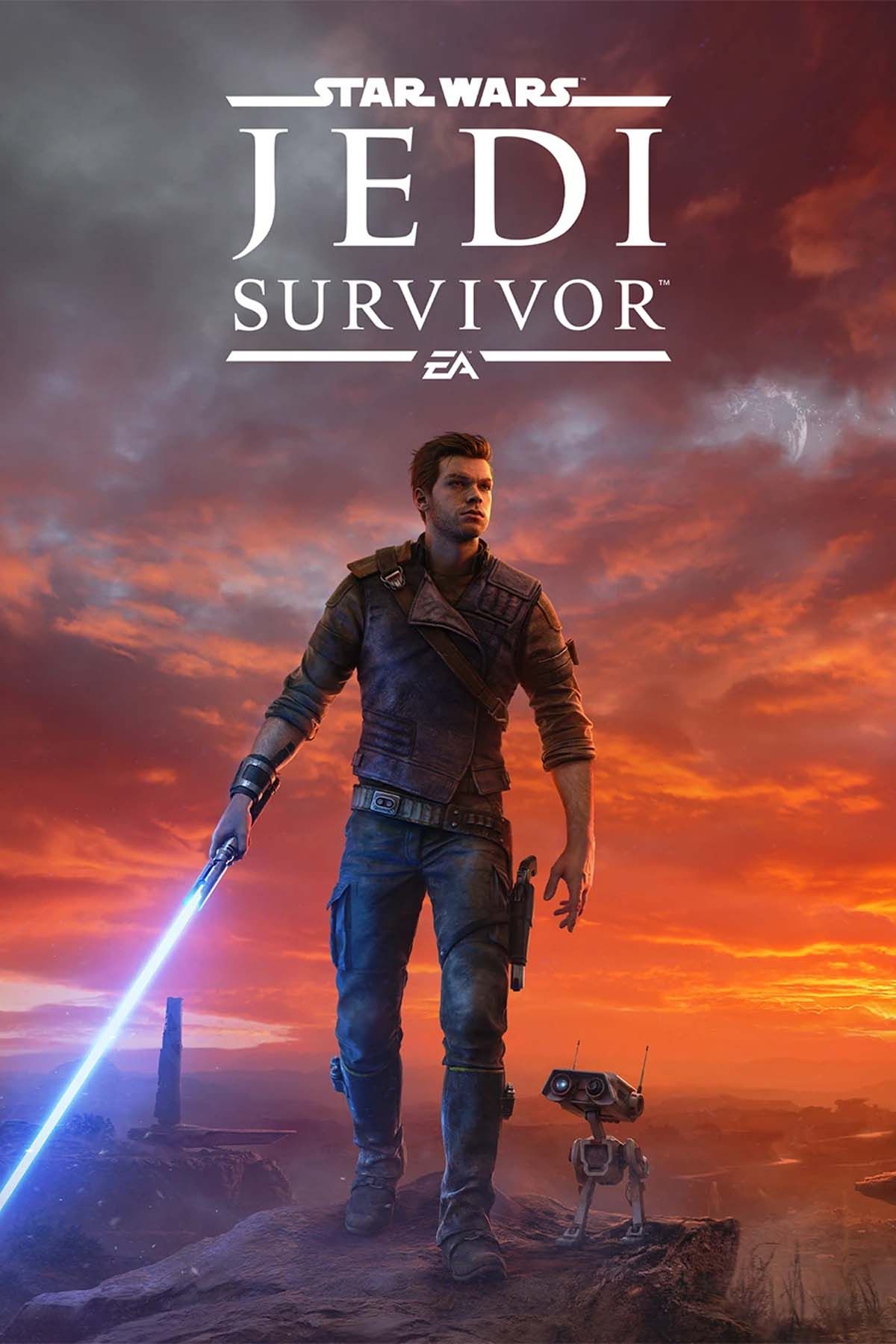
Star Wars Jedi: Survivor
Star Wars Jedi: Survivor is the sequel to the critically-acclaimed Fallen Order, which was also developed by Respawn and published by EA. Continuing Cal Kestis' story, Survivor is an action-adventure game with Soulslike combat, multiple planets to explore, and an engaging story.

